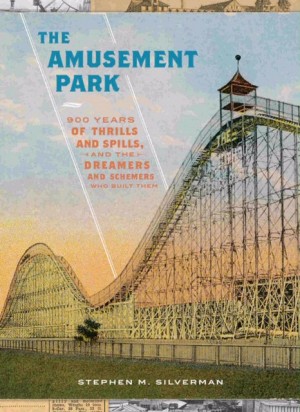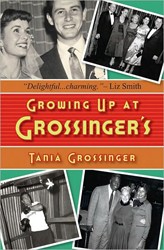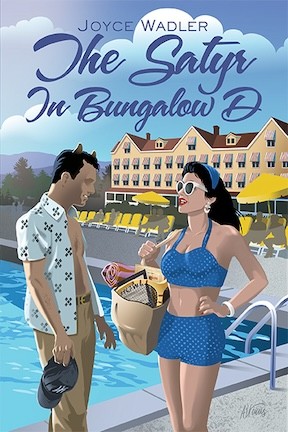Mention the Catskills and most Jews immediately call to mind the Borscht Belt. But as Stephen Silverman, a Time Inc. veteran, and Raphael Silver, a real estate developer and film producer, demonstrate in this richly illustrated volume, the Catskills have far more stories to tell than a Grossinger’s tummler.
The story begins with Henry Hudson, who sailed up the river now named for him — he called it the “Great River of the Mountains” — in 1609, seeking the northwest passage to Asia. The search was futile, but Hudson claimed the territory for the Netherlands. A trading post was established a few years later and settlement followed, with the English taking over in 1664. Soon after, the Catskills became an active center of American social, economic, and cultural history, perhaps influencing if not, as suggested in the subtitle, changing it.
The Catskills saw military action in the Revolutionary War: Kingston, New York’s first capital, was burned to the ground by the British, but shortly became known as the setting for the works of both Washington Irving and James Fenimore Cooper, the first American writers to win international recognition. The artists of the Hudson River School — Thomas Cole, Asher Durand, Frederic Church — dramatized the mountains, which were also home to a series of exploitative and short-lived industries — tanneries that denuded the hemlock forests; bluestone quarries whose stones paved New York City and drew Irish laborers. Boyhood friends Jay Gould the robber baron and early conservationist John Burroughs grew up in the Catskills, as did Sojourner Truth.
The steamboat and railroads turned the Catskills into a resort area, starting with the grand Catskill Mountain House and its commanding view of the Hudson and proud exclusion of Jews. In fact, Jews do not enter the Catskills until the late nineteenth century, halfway through the book, as failing farmers whose simple homes became boarding houses for working-class city Jews and were precursors of the grandiose Jewish resorts of the postwar years. As with many other Catskills enterprises, these resorts had their day in the sun until, facing a decline in popularity, they added one attraction after the next and outdid themselves into extinction.
These are a few of the stories in the up-and-down history of the Catskills. Broken by frequent sidebars and quotations from other histories, The Catskills recounts them in fragmented episodes rather than relating them in a continuing narrative. Colorful and lively as many of the stories and characters are, readers may sometimes find it difficult to grasp an overall picture of the region and its part in the larger story of the United States. But the cast of characters is irresistible and the illustrations extremely well-chosen, an album of Catskill lore.
Includes index, notes, selected bibliography.
Maron L. Waxman, retired editorial director, special projects, at the American Museum of Natural History, was also an editorial director at HarperCollins and Book-of-the-Month Club.





